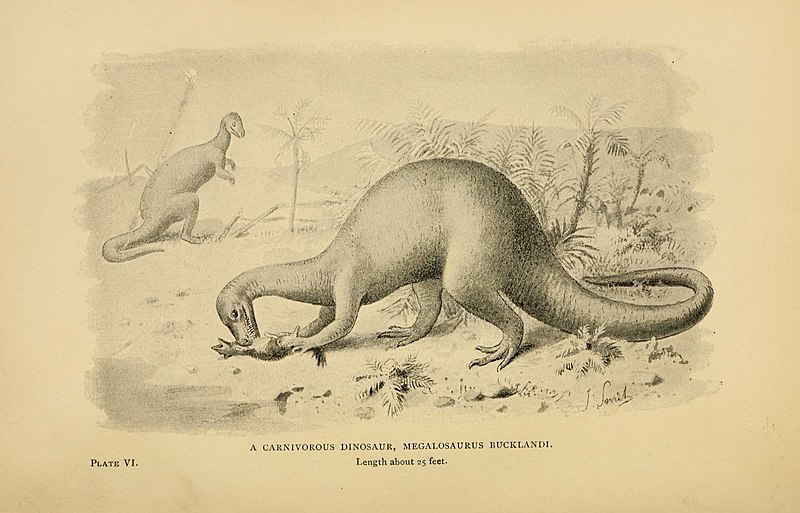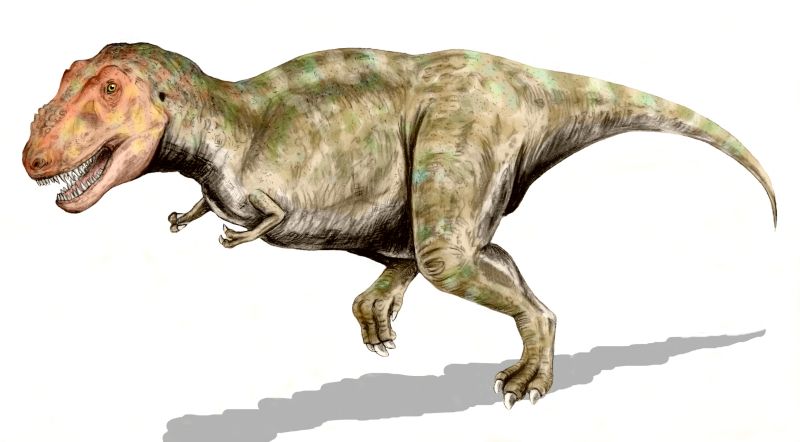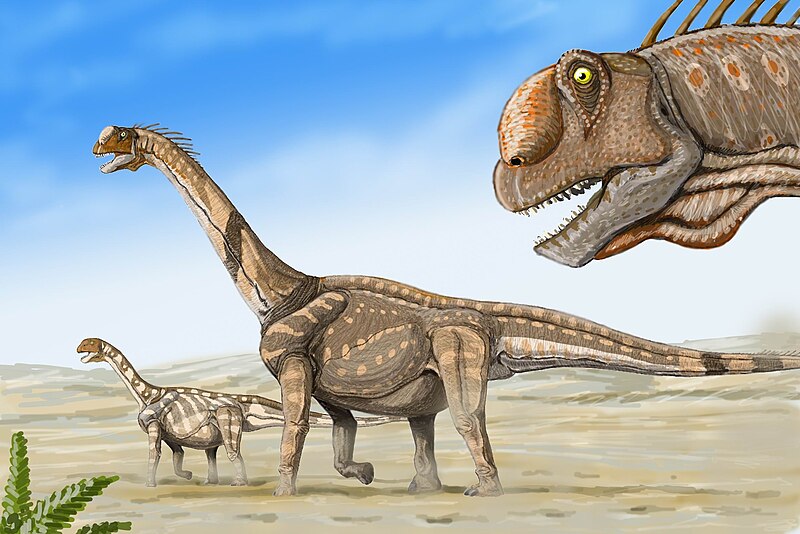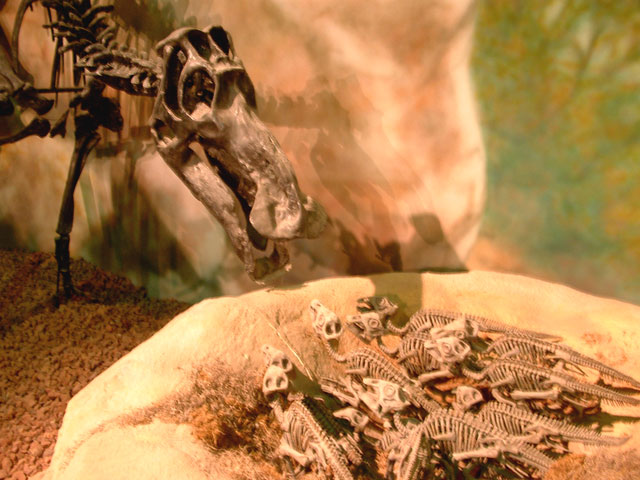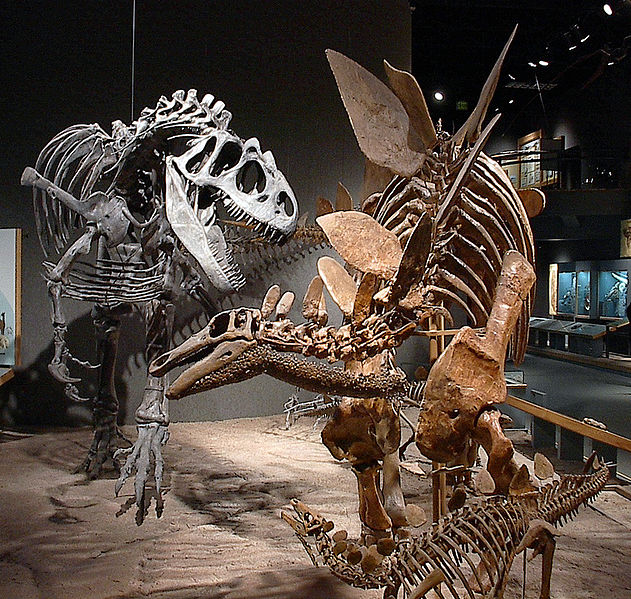Note from Christian Ryan: I have a big announcement to make: this blog has officially reached 10,539 pageviews!!! I can't believe it! Thanks to everyone who reads my blog!
Can you believe it's already
the end of April? I can't! The time has flown so fast. For those of
you that are interested, “The King on a Cross” drama went quite
well. We had well over 100 people in attendance on Friday night, and
around a quarter less on Saturday. It was a great turn out. By the
way, my next stop-motion series episode (Animal
Face-Off: Brown Bear vs. Siberian Tiger)
is in the works. I should have that finished very soon, perhaps by
either next Thursday, or the Thursday following it. Without further
ado, let's dive into our “usuals”.
Days Till
It is:
16 days till Mother's Day
It is: 52 days till Father's Day
It is: 71 days till Independence Day
In the Spotlight
With filming underway for the long-waited-for third sequel to
Jurassic Park, Jurassic World is still keeping the lid
on a lot of information regarding plot, details on specific
characters, which dinosaurs will be in the film and etc. However,
some more information regarding the film has been released this week.
Not too long ago, you'll recall that one of the extras in JW
took some pictures of one of the JW sets
(presumably of the theme park itself) and posted them onto the
internet. This week, more photographs from the set have emerged. Here
they are below:
Disclaimer: I don't own any of these photographs; if you own them and would like them taken off, politely make the request and it will be done.
Exactly what the structure is or what it will be used for is
uncertain at this point. This has got many fans wondering what it is.
If you look closely at the pictures, it appears that the structure
has what might be electric fencing at the top. Also, the surroundings
of the structure indicate that this area of the park isn't for
tourists and is for staff only. This suggests one of two things:
either this is what's left of the raptor pen from the first film, or
it's where a species of dinosaur – maybe Velociraptor or a
scary new dinosaur – is kept. Who knows?
And is if those pictures didn't get you excited enough, we have more
photographs from the JW set via Entertainment Weekly:
One photograph shows Bryce Dallas Howard's character (who is believed
to be named Beth) in what looks like a control room of some kind. The
second is of a construction vehicle which appears to have suffered
some dino-damage (dino-damage insurance anyone?). The third is a
photo of the director's chair overlooking the picaresque Hawaiian
flora.
And if you still aren't excited enough, Empire Magazine had
the chance to interview JW's director, Colin Trevorrow.
Trevorrow didn't only reveal some details about the film he's
directing now, but also that the chances are that Jurassic World
won't be the last of the Jurassic Park films. Trevorrow is
quoted for saying:
"We wanted to create something that would be a little bit less arbitrary and episodic, and something that could potentially arc into a series that would feel like a complete story"
He also went on to explain a little bit about a relationship between
Chris Pratt's and Omar Sy's characters in the film:
"They work together and have some pretty cool action scenes together. I wanted to create a relationship there that could be memorable and potentially carry on to future films."
Last but not least, he revealed something that gets a Jurassic
Park fan like me extremely excited: plot details
(AWESOME!!!). I've been hoping for more plot details for quite a
while, and I finally got my wish. Here is what Trevorrow had to say
concerning the film's plot:
"so now we’ve brought back another that happened to be the alpha species during its time, and we have to co-exist, so what is that relationship."
Perhaps the alpha species he's referring to is that scary new species
of dinosaur that's been talked about since last year. If that's the
case, then we're are getting closer to figuring out the
identification of this mysterious creature! Since it might be the
“alpha species” Trevorrow talked about, the scary new dinosaur is
probably relatively intelligent, like raptors. And it's probably
relatively small like raptors too. To me, this makes it seem clear
that the new scary dinosaur is a Troodon, or a similar
theropod dinosaur. Troodon definitely fits the bill, as it was
the most intelligent dinosaur and in the Jurassic Park
franchise, has spooky-looking glowing eyes and a nightmarish venom .
. . definitely a dinosaur who's appearance will make you want to
leave the lights on at night!
Of course, this is all speculation. We'll have to wait until the
movie is released to find out!
Last but not least, in an interview with Empire Magazine, Trevorrow confirms the usage of live-action dinosaurs along with CGI dinosaurs, just like the first three films.
Last but not least, in an interview with Empire Magazine, Trevorrow confirms the usage of live-action dinosaurs along with CGI dinosaurs, just like the first three films.
Topic of the Week by
Christian Ryan
Most species of lizards God created are harmless and rather small,
but nothing could be further from the truth when talking about a
special group of lizards called monitor lizards! They arguably some
of the coolest reptiles God made; at first glance, they look a lot
like dinosaurs; but unlike the dinosaurs, monitor lizards are still
alive today. The Komodo dragon is probably one of – if not the most
– popular species of monitor lizard, but the many species come in
all kinds of shapes and sizes. Let's learn more about the monitor
lizard – the living dragons!
Being terrestrial, God created monitor lizards on the Sixth Day of
the Creation week, 6,000 years ago. There are 73 species of monitor
lizards currently described, and while many of them have slightly
different appearances, diets and sizes, these lizards share many
common features. All monitor lizards – like other lizards – walk
on all fours and possess somewhat elongated skulls filled with loads
of needle-sharp teeth, long powerful tails and strong claws on their
limbs. Various species of monitor lizards are native to many parts of
Africa, southeastern Asia and Australia. However, they have been
introduced to Florida – especially in the Everglades. As mentioned
before, monitor lizards come in different sizes; some of the smallest
species of monitor lizards grow only 7.9 inches in length. What about
the biggest? Well, that title belongs to none other than the Komodo
dragon, of course! Komodo dragons can grow on average between 7.5-8.5
feet from nose to tail! But that's nothing compared to the largest
monitor lizard (and the largest terrestrial lizard) ever to exist on
the planet: Megalania! Megalania – which looked like
a giant version of the Komodo dragon – lived in Australia during
the Ice Age and grew 23-26 feet in length!
One of the first things you'll notice about monitor lizards is their
skin – their unique scales are reinforced with tiny bones known as
osteoderms. These osteoderms are kind of like natural chain-mail and
keep the lizards safe from many dangers.
Now let's look at some of the other features of the monitor lizards.
Monitor lizards like the Komodo dragon can see up to a distance of
980 feet, but their eyesight isn't all that great. Nor is their
hearing. However, God had these lizards excel in two of their other
senses: smell and taste. Like snakes, monitor lizards smell using
their forked tongues instead of their nostrils. They do this by
first, flicking their tongues out of their mouths to taste and
collect scent molecules. With the scent molecules on its tongue, the
lizard retracts it back into the mouth where it is able to decipher
the scents its tongue collected using the Jacobson's organ. Pretty
cool, huh? Did you know that a Komodo dragon can smell carrion from
over 2.5-5.9 miles away depending on how the wind is blowing?
They may not look it, but did you know monitor lizards are very
intelligent reptiles? Studies have proven that not only are some
species able to count, but they also can figure out clever ways to
get food. In the wild, a monitor lizard was once observed luring a
mother crocodile away from her nest, allowing his fellow lizard to
sneak to the nest and eat the crocodile's eggs! Then the first
monitor lizard got his turn to steal eggs. Monitor lizards have also
been known to gang up on prey. And Komodo dragons at the National Zoo
in Washington, D.C. are able to recognize their keepers and even have
their own unique personalities. Monitor lizards aren't nearly as
dopey as they might look!
The habitat in which a monitor lizard lives and the lizard's size
influences what prey it eats. Most monitor lizards, like the Lace and
Nile monitor lizards, are carnivorous and aren't very picky eaters –
they will consume birds, eggs, fish, small mammals and even smaller
reptiles. Others prefer larger meals. Komodo dragons would starve if
they had to live off of what their smaller relations eat! No, dragons
prefer to eat a wide variety of food including carrion, other
reptiles (including smaller dragons!), birds, eggs, monkeys, small
mammals, wild pigs, deer, goats, horses and water buffalo! Despite
their large size, Komodo dragons are surprisingly fast and can reach
speeds of 12 mph in short bursts and will even dive up to 15 feet
underwater in pursuit of a meal. Monitor lizards can maintain higher
rates of activity than most other reptiles because they have a
relatively high metabolic rate for reptiles.
 |
| Monitor lizards are expert swimmers, climbers and runners. |
It wasn't until very recently that scientists took a close look at
the flaps of skin hanging from where the lower jaw bones are, and
this is the same location where you'll find a venom gland in many
venomous snakes. See the connection? Perhaps Komodo dragons were
actually venomous? Scientists examined the head of a Komodo dragon
and found their hypothesis to be correct: venom glands were indeed
present in that spot. So how does a Komodo dragon kill its prey? What
it does, is it sits and waits patiently for a prey animal to get
close before it strikes! It bites the prey and allows it to escape.
However, the venom causes the bitten animal to suffer from blood
clotting, lowering blood pressure, muscle paralysis and other nasty
effects that cause shock and loss of consciousness. Then the dragons
move in for the feast. Afterward, researchers also found out that
other monitor lizards, such as the Lace monitor, also have a venomous
bite. Yikes!
Now let's look at several species of monitor lizards:
Lace
Monitor (Varanus varius)
 |
| As one might suggest based on this photograph, Lace monitors often climb trees in the wild. |
Komodo
Dragon (Varanus komodoensis)
As its name suggests, the Komodo dragon lives on the island of Komodo
in the Indian Ocean. With the largest of the species growing up to 10
feet long and weighing on average about 150 pounds, these lizards are
far larger than most other monitor lizards. Often times once an
animal species reaches an island, it will either grow larger or
smaller over time through a process of natural selection (which is
different from evolution). When a creature that reaches an island
grows larger, the process is called Insular gigantism. No one is
quite sure why this occurred in Komodo dragons, but some scientists
theorize that they grew big is because they hunted the island's
now-extinct population of dwarf elephants known as Stegodons.
As you read a few paragraphs before, Komodo dragons are now known to
be venomous, and they use their venom to bring down large prey that
can be found on Komodo Island such as wild boar, deer and water
buffalo. After the initial attack, the dragon follows the victim via
its acute sense of smell and once the animal dies from the venom or
is too weak to put up a fight, the biter and other nearby Komodo
dragons join in the feast. These lizards have also been observed
using their tails to knock down large mammals. Sometimes, dragons
will also eat humans, but these attacks are rare (fortunately). When
it comes time for a mother dragons to lay their eggs, they either dig
large burrows to lay them in, or they lay them in abandoned nesting
mounds of the local Orange-footed scrubfowl. Around 20 eggs are laid
and they incubate for approximately 7-8 months. Once they hatch, they
emerge from the nest into an unforgiving world. Mother dragons don't
show any parental care for their young and adults are known to be
cannibalistic – juvenile dragons make up 10% of the adults' diet!
So the young dragons are mostly arboreal, meaning they live mostly in
trees, since adults can't climb and there's plenty of food for the
young lizards in trees. Komodo dragon babies also have another way to
avoid being eaten by older individuals: they roll around in dung.
Yes, it's disgusting, but adult dragons can't stand eating faeces.
It's a tough life for a young dragon!
.jpg/798px-Komodo_Dragon_(2007).jpg) |
| Komodo dragons are the largest lizards living today. |
Nile
Monitor (Varanus niloticus)
 |
| Nile monitors are known for stealing eggs from crocodile nests. |
Gray's
Monitor (Varanus olivaceus)
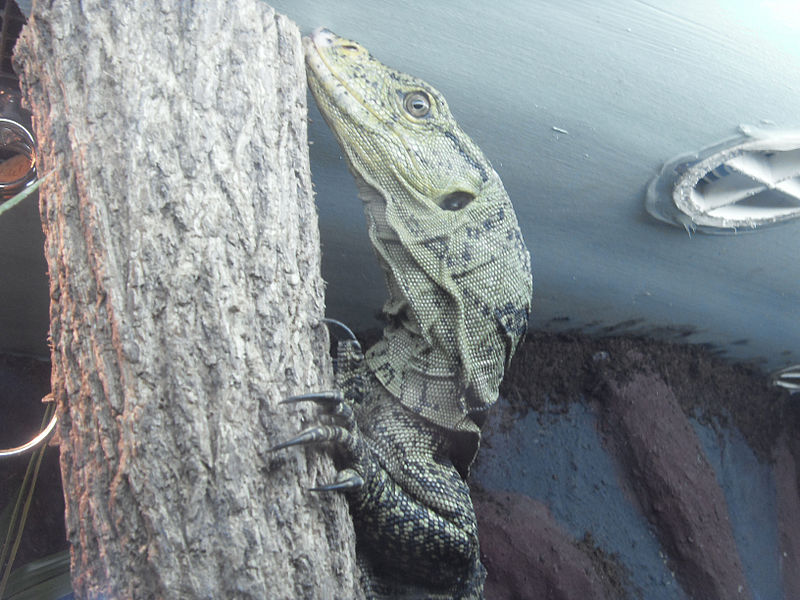 |
| The Gray's monitor, also known as the Butaan, is one of the few largely fruit-eating monitor lizards. |
Megalania
(Varanus priscus)
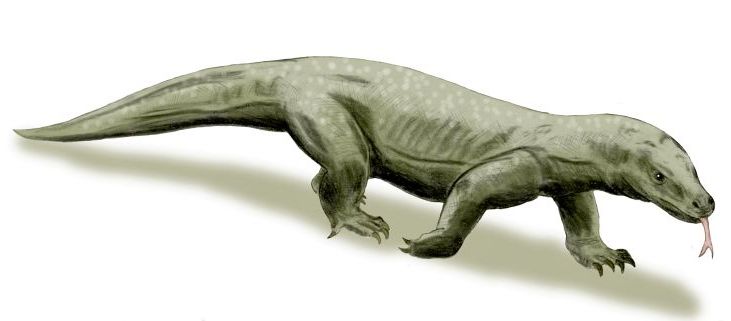 |
| Megalania was the largest terrestrial lizard and possibly the largest venomous creature ever to exist on the planet. |
I'm very
glad that God created monitor lizards, and who wouldn't be? They're
cool looking and have really amazing features that help them survive.
But there's still much to learn about these incredible lizards!
PS 1: To post a comment
(this is highly encouraged), please simply click the post you wish to
comment on, scroll to the bottom of the page and put what you wish to
say or ask in the comment box. Then in the box below the comment box
choose who you’re going to comment as. And then click preview
or publish. If you aren’t signed into Google, you’ll be
asked to type in a word and a number in the space provided. Type the
word, put a space and then put the number. Then your comment is on
the blog!
PS 2: Have a puzzling question about
animals (including dinosaurs), myself, my latest book, my stop-motion
movies, Creation or etc? Please post your question as a comment or
send me an email at animaladventures@aol.com.
PS 3: What’s the new in the news?
Check it out at SMILEY’S
NEWS.







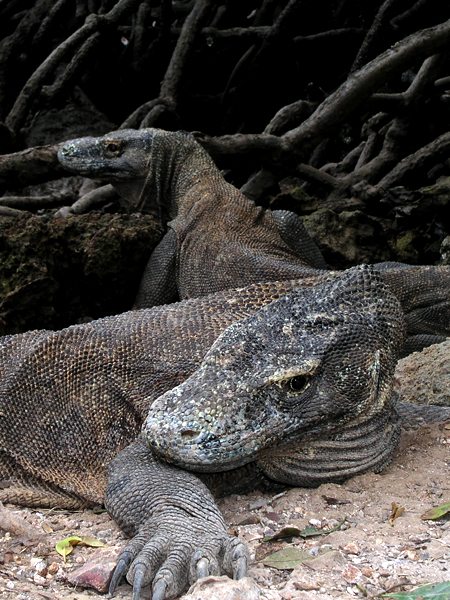
.jpg/800px-Monitor_Lizard_(3679435488).jpg)
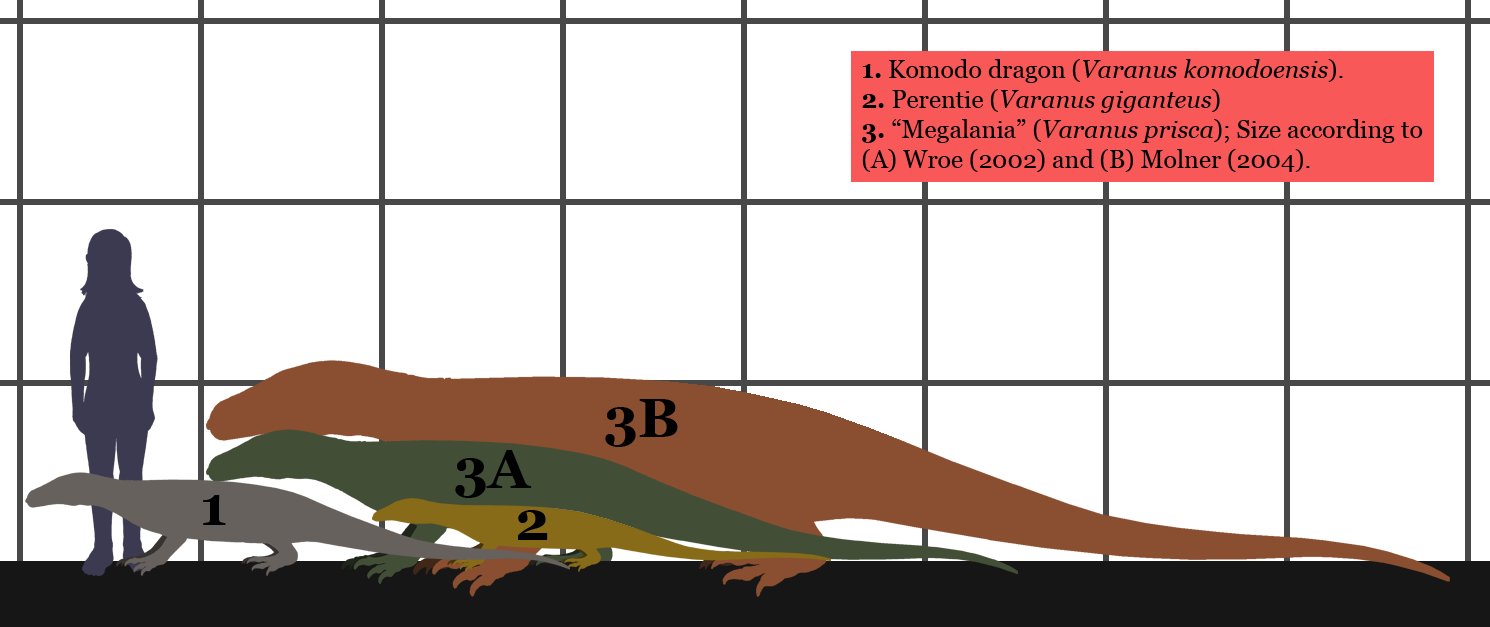
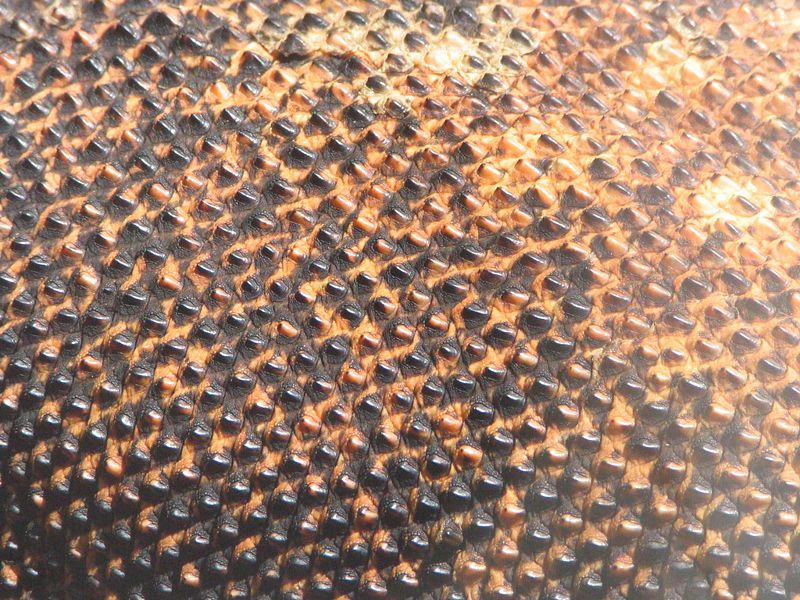
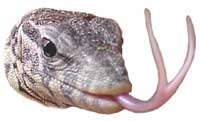

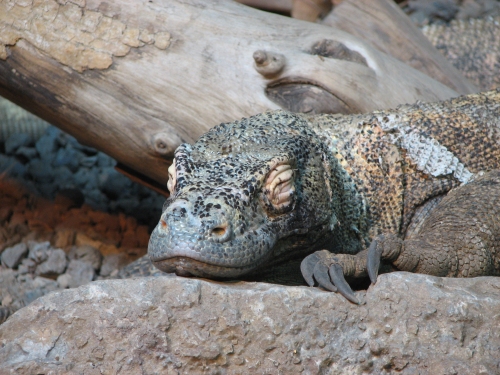

.jpg/800px-Monitor_Lizard_(7605280530).jpg)







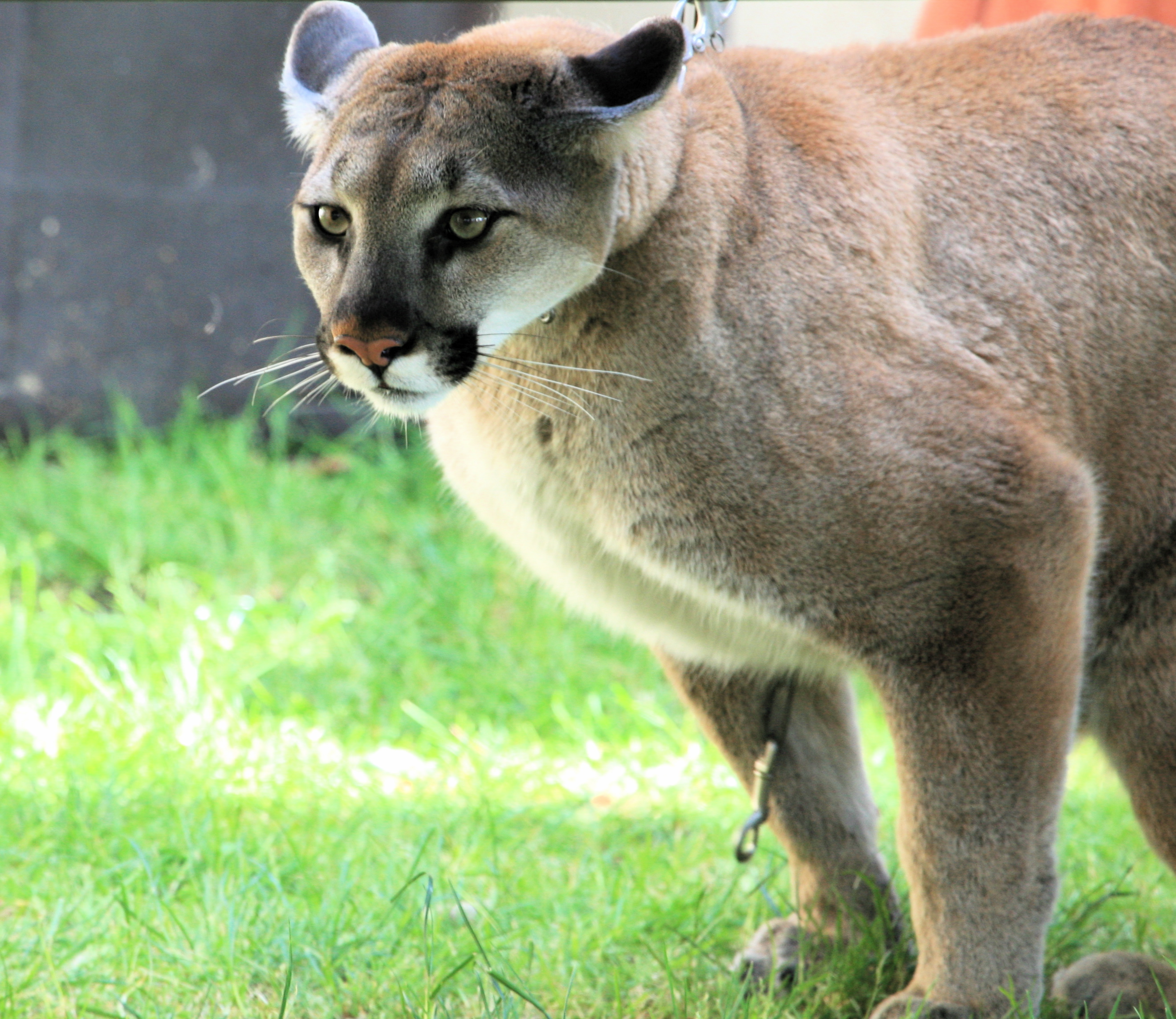
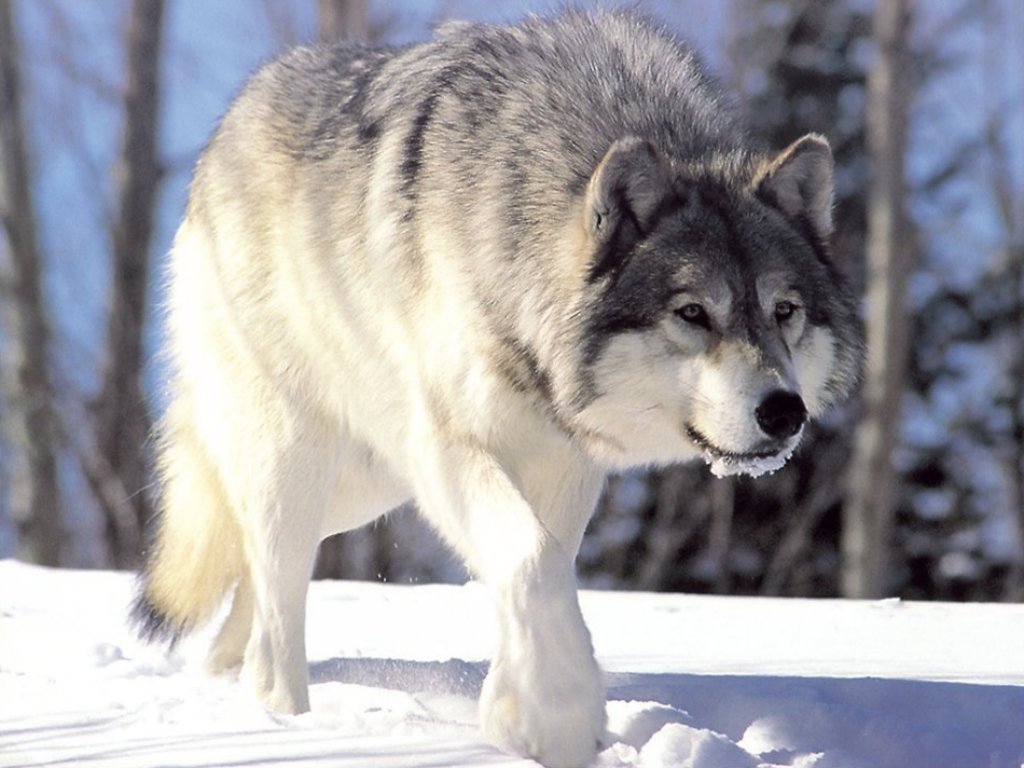


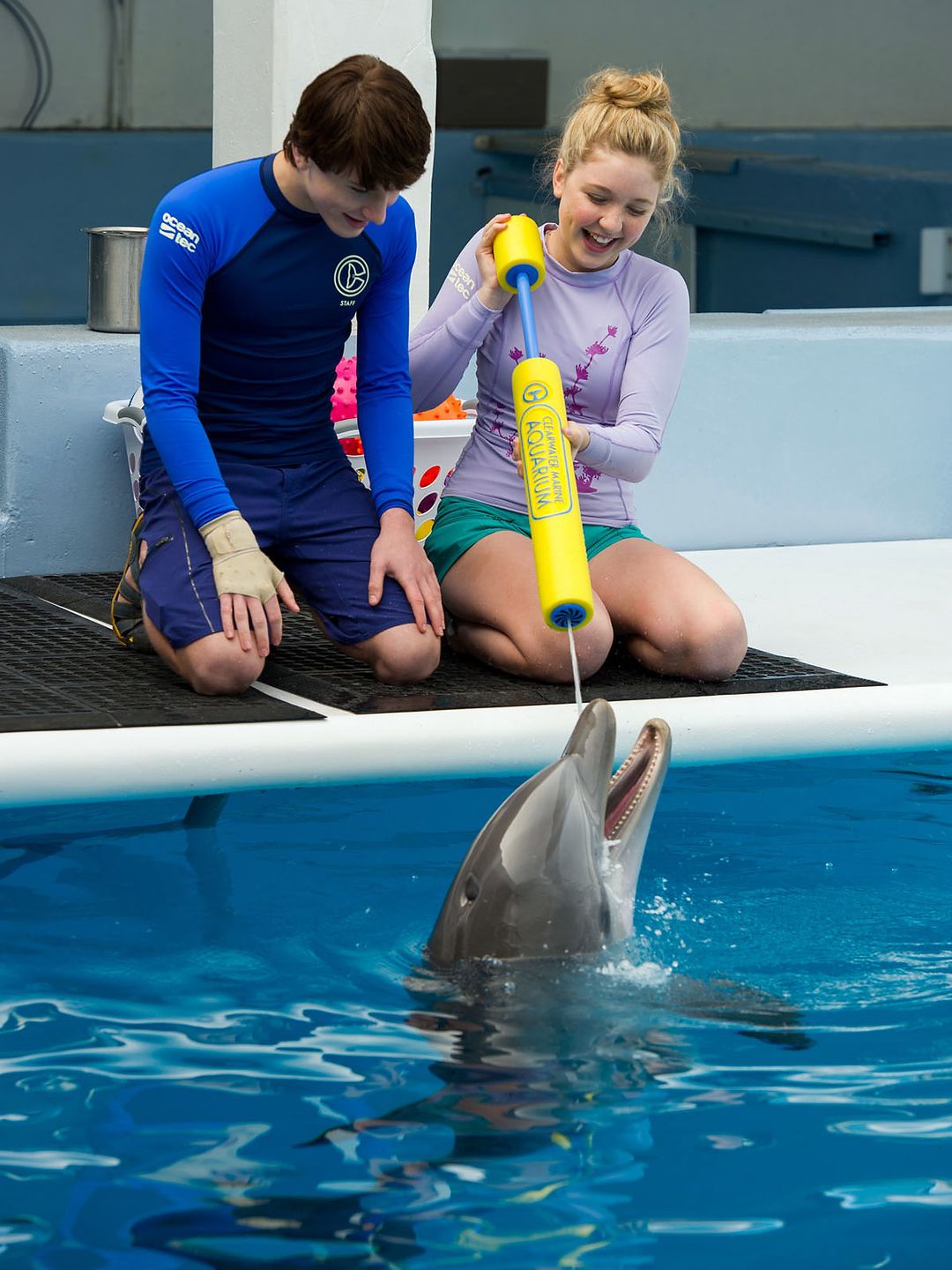

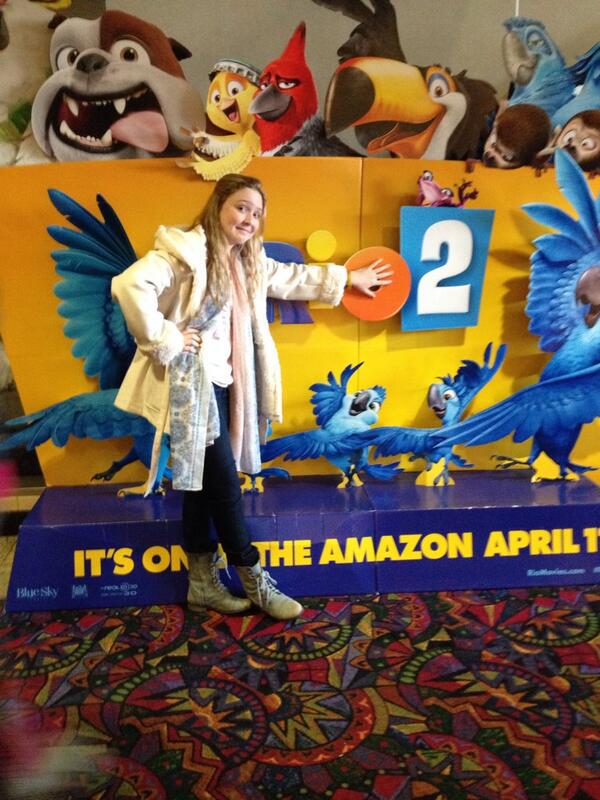


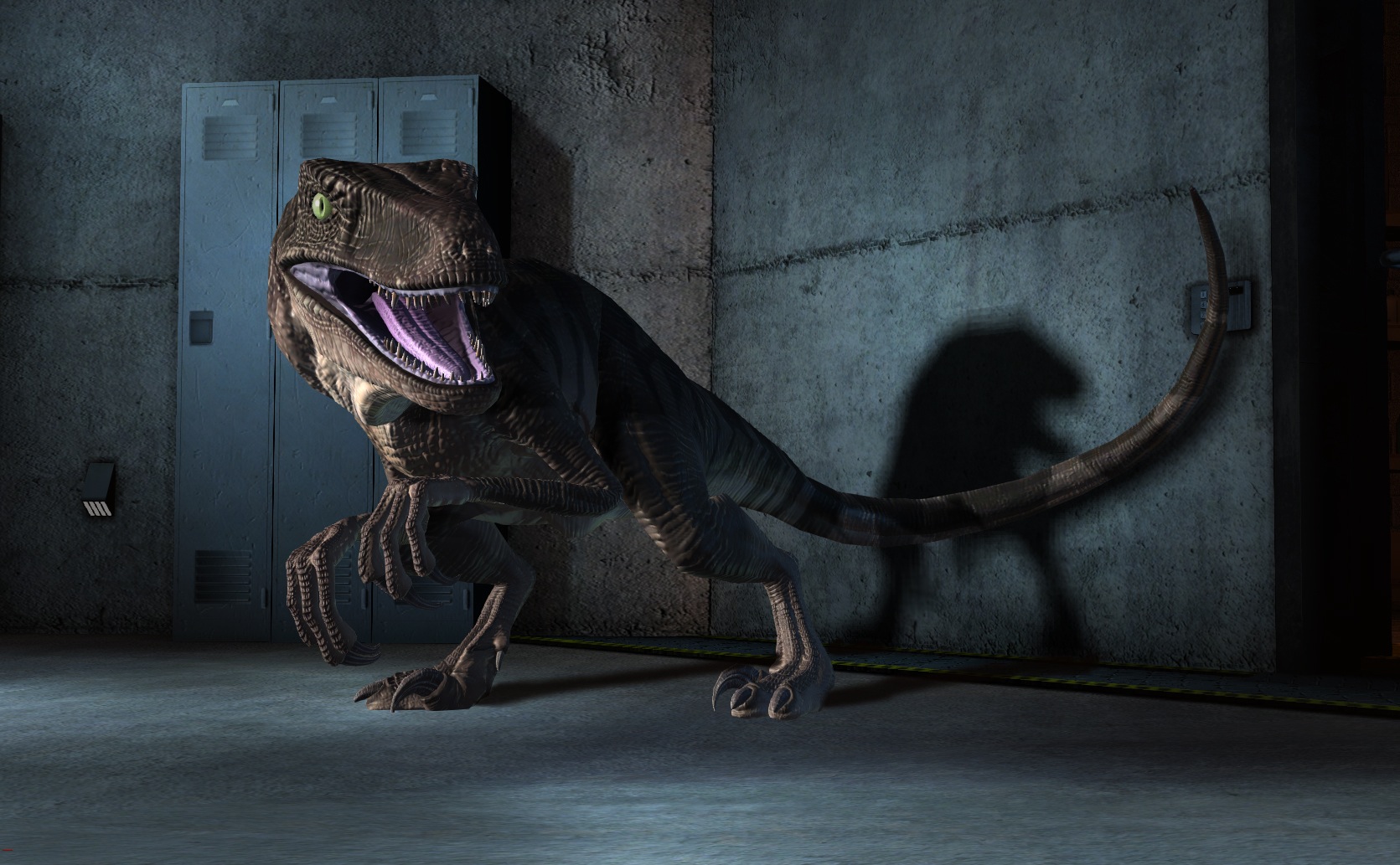
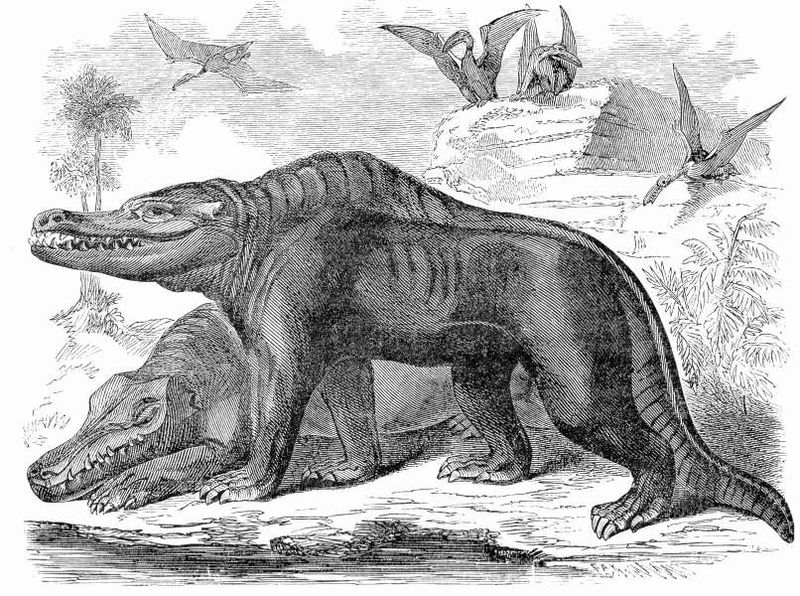

.jpg/509px-Page_187_(The_Lost_World,_1912).jpg)
